
How Next-Generation Databases Boost Performance
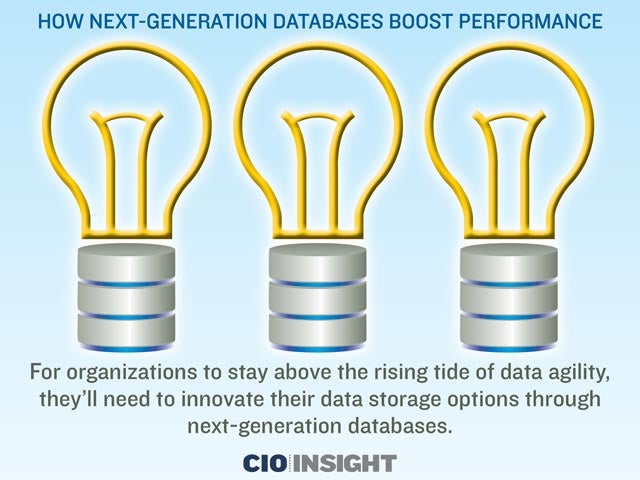 How Next-Generation Databases Boost Performance
How Next-Generation Databases Boost Performance
For organizations to stay above the rising tide of data agility, they’ll need to innovate their data storage options through next-generation databases.
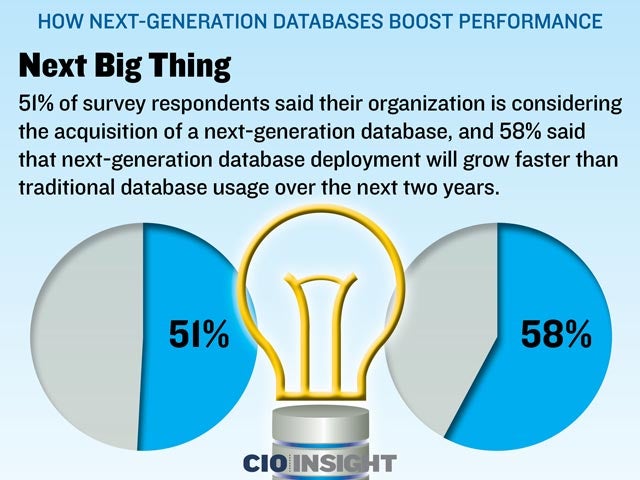 Next Big Thing
Next Big Thing
51% of survey respondents said their organization is considering the acquisition of a next-generation database, and 58% said that next-generation database deployment will grow faster than traditional database usage over the next two years.
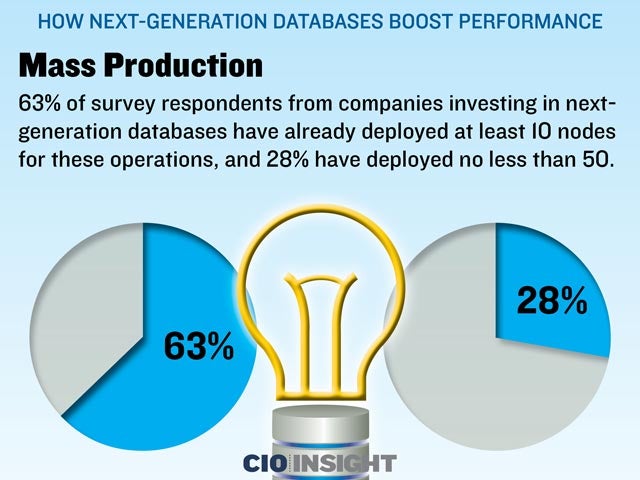 Mass Production
Mass Production
63% of survey respondents from companies investing in next-generation databases have already deployed at least 10 nodes for these operations, and 28% have deployed no less than 50.
 Biggest Benefits of Next-Generation Databases
Biggest Benefits of Next-Generation Databases
Scalability: 81%, Performance: 44%, Lower cost of ownership: 37%, Flexible data model: 36%, App agility: 22%
 Most Common Tech Functions for Next-Generation Database Focus
Most Common Tech Functions for Next-Generation Database Focus
Analytics: 54%, Enterprise apps: 37%, Software as a Service: 35%, Customer information initiatives: 35%, Monitoring: 28%
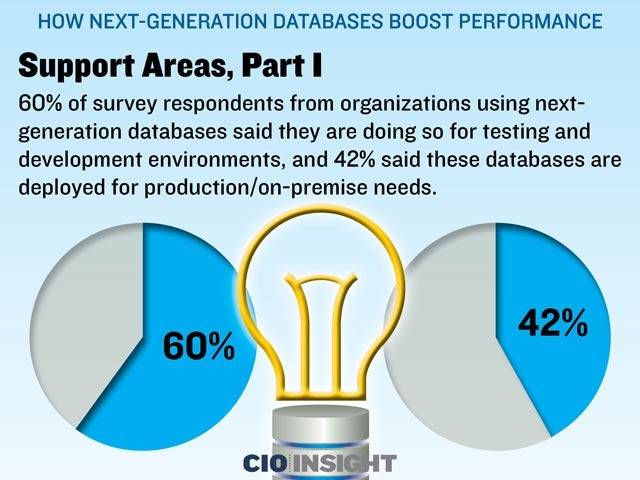 Support Areas, Part I
Support Areas, Part I
60% of survey respondents from organizations using next-generation databases said they are doing so for testing and development environments, and 42% said these databases are deployed for production/on-premise needs.
 Support Areas, Part II
Support Areas, Part II
40% of these survey respondents said their company is currently using next-generation databases for sandbox/trial environments, and 29% said they’re needed for production/public cloud projects.
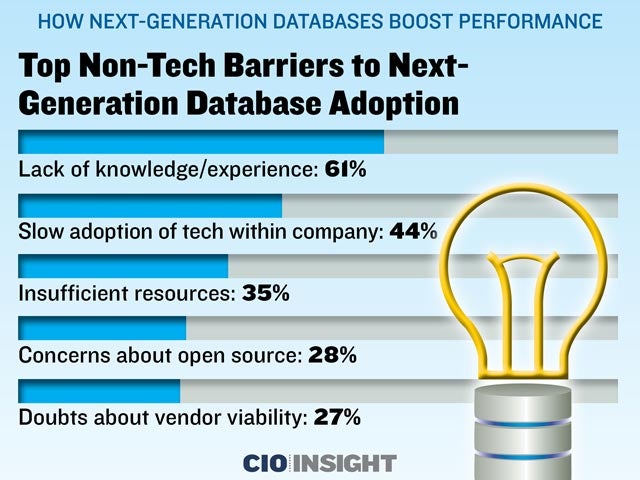 Top Non-Tech Barriers to Next-Generation Database Adoption
Top Non-Tech Barriers to Next-Generation Database Adoption
Lack of knowledge/experience: 61%, Slow adoption of tech within company: 44%, Insufficient resources: 35%, Concerns about open source: 28%, Doubts about vendor viability: 27%
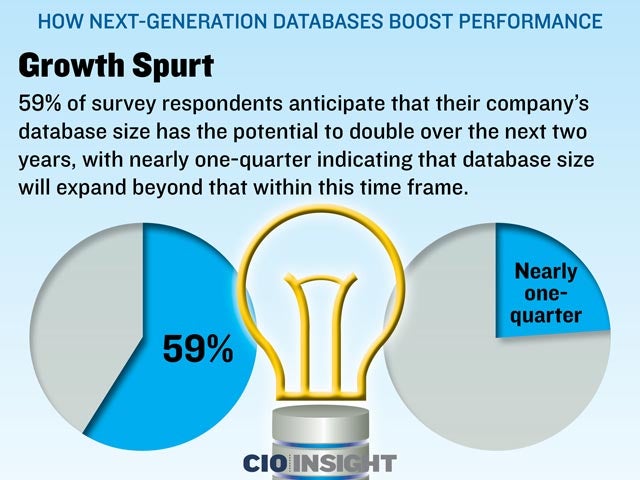 Growth Spurt
Growth Spurt
59% of survey respondents anticipate that their company’s database size has the potential to double over the next two years, with nearly one-quarter indicating that database size will expand beyond that within this time frame.
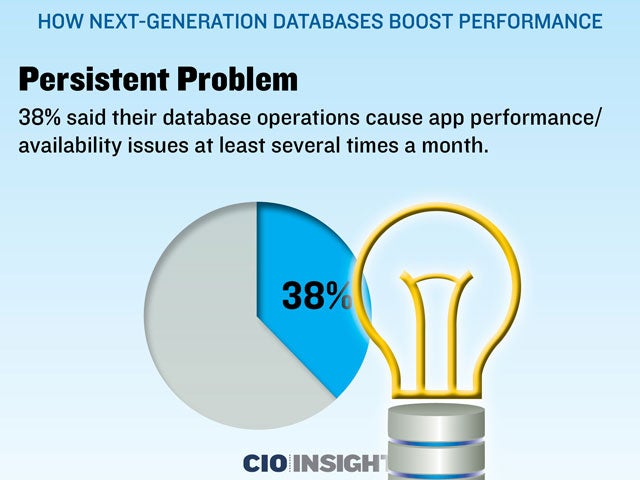 Persistent Problem
Persistent Problem
38% said their database operations cause app performance/availability issues at least several times a month.
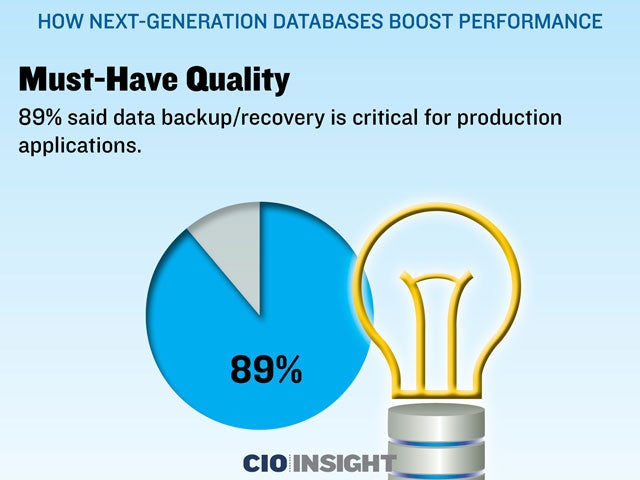 Must-Have Quality
Must-Have Quality
89% said data backup/recovery is critical for production applications.
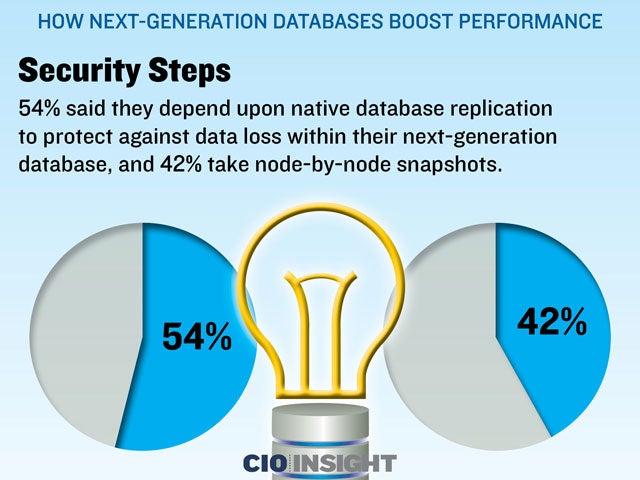 Security Steps
Security Steps
54% said they depend upon native database replication to protect against data loss within their next-generation database, and 42% take node-by-node snapshots.